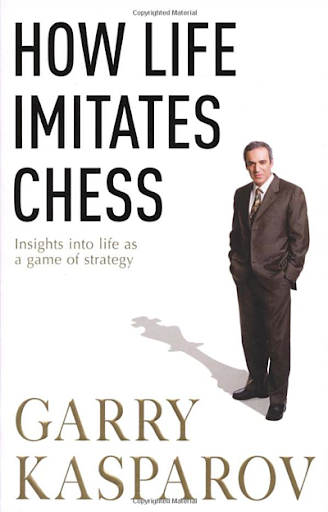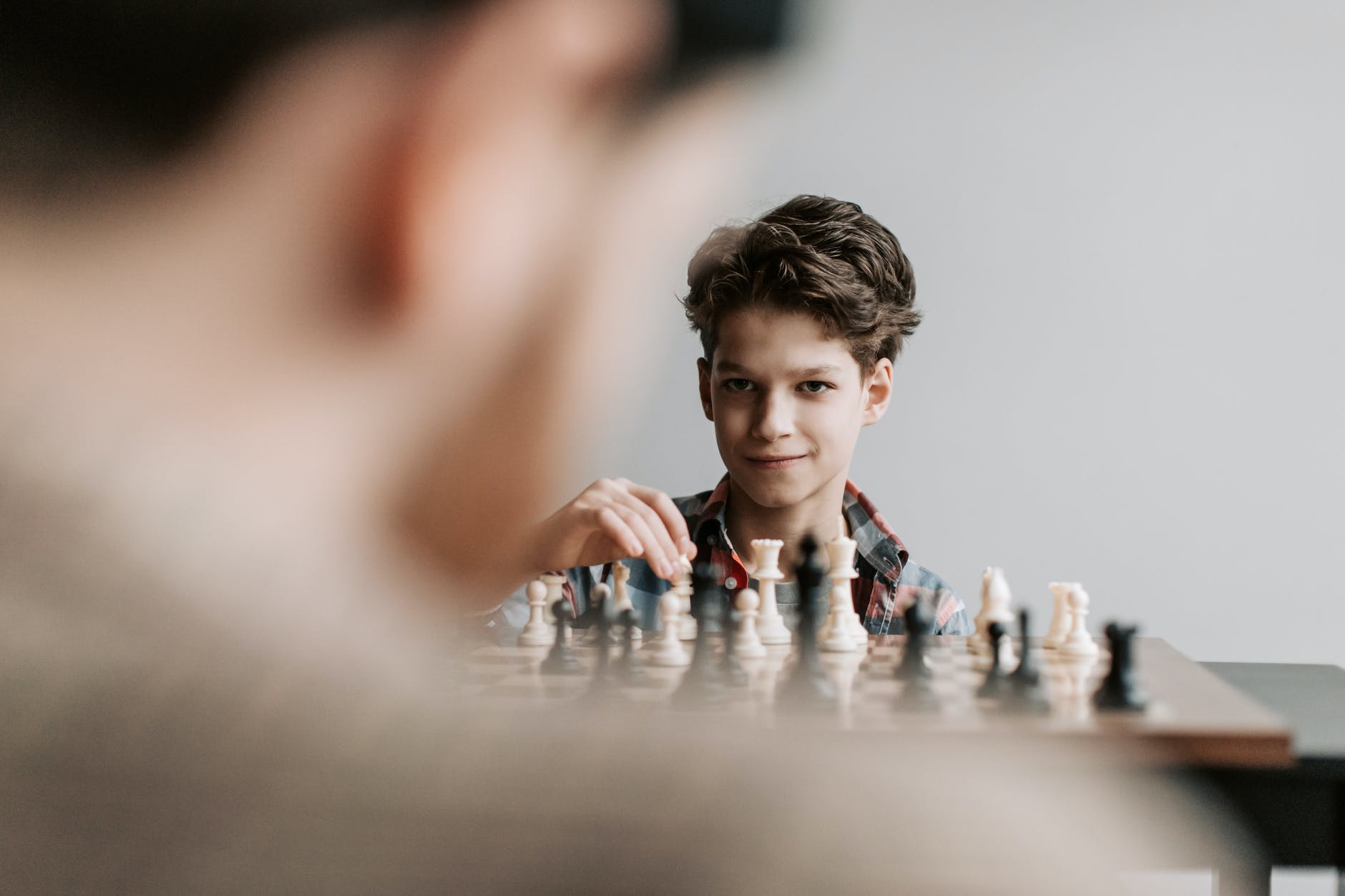How life imitates chess? Is a 64 squares game able to describe most of the situations we face every day?
Garry Kasparov is arguably the strongest grandmaster of chess history. He was born in 1963 and kept several records: from 1984 until his retirement in 2005, Kasparov was ranked world No. 1 for a record 255 months overall for his career.
Not legendary enough, he also became part of modern history by being the first chess current world champion to be beaten by AI in 1997, as mentioned at the end of this article.

In his book, “How Life Imitates Chess”, he analyses how much he has learned about decision making, strategy, and human behaviour thanks to the game. Kasparov defines chess as a kind of ‘cognitive laboratory’: he says that thanks The technique of recording chess games with symbols (‘chess notation’) gives chess a detailed history, enabling millions of chess players through the ages to enjoy and learn from the plays of the legendary players of the past.
Strategy: the Attacker Advantage
In chess and in life, is always essential to have a strategy, i.e. an overarching plan that defines the direction from the starting point to the final goal.
You cannot play a game by simply making the more logical move of the specific situation. You would fall into a series of local optimums; that would translate into a sub-optimal position in which you just react.
Instead, ideally, you should be the one having the initiative, forcing the enemy to defend their pieces while you coordinate your pieces, thanks to a clear strategy. “If strategy represents the ends, tactics are the means.”
“Aggression… means dynamism, innovation, improvement, courage, risk, and a willingness to take action. We have to learn the value of unbalancing the situation and taking the initiative”. When you are the one proposing an offence, the enemy will be always more predictable and constrained under his shield. Sometimes you do not even need a real weapon, but just a threat of offence.
Decision Making
There’s not a predetermined path to win. Everyone needs to understand the pieces, their positions, and the available ways to reach the goal. Thus it is crucial to learn about and evolve our internal decision-making process.
“Improving our decision-making process is like studying our native language. It requires conscious thought about something we do unconsciously to improve something we’ve been doing all our lives.”
When choosing the next move, it is essential to explore more than an option; going in the depth of a few actions to have in mind all the possible consequences; but at the same time when the options are too many, you need to use the gut to pick one. There is an optimal amount of information to gather before a decision; much or little information is damaging.
The Three Phases
Chess is often broken down into three phases to make it more accessible to newbies:
- The opening is where you start placing your pieces on the chessboard to find their place.
- The middlegame is when they try to take the initiative by exploiting their position and coordination.
- The endgame results from the precise calculation (rather than imagination). There it’s vital to use prudence, logic and attention to detail.
Garry Kasparov suggests that in the same way, life is distributed accordingly.
Conclusion
Common culture paint chess player as pure geniuses. People believe that a great chess player should excel in physics and math. Instead, being a chess player comes down to learning and studying openings, positions and principles: chess players ingest a considerable amount of played games so that their brain can draw patterns that they can quickly recognise in new games.
In the same way, improving the understanding of the previous pattern can help us play better moves every day.

Leave a Reply